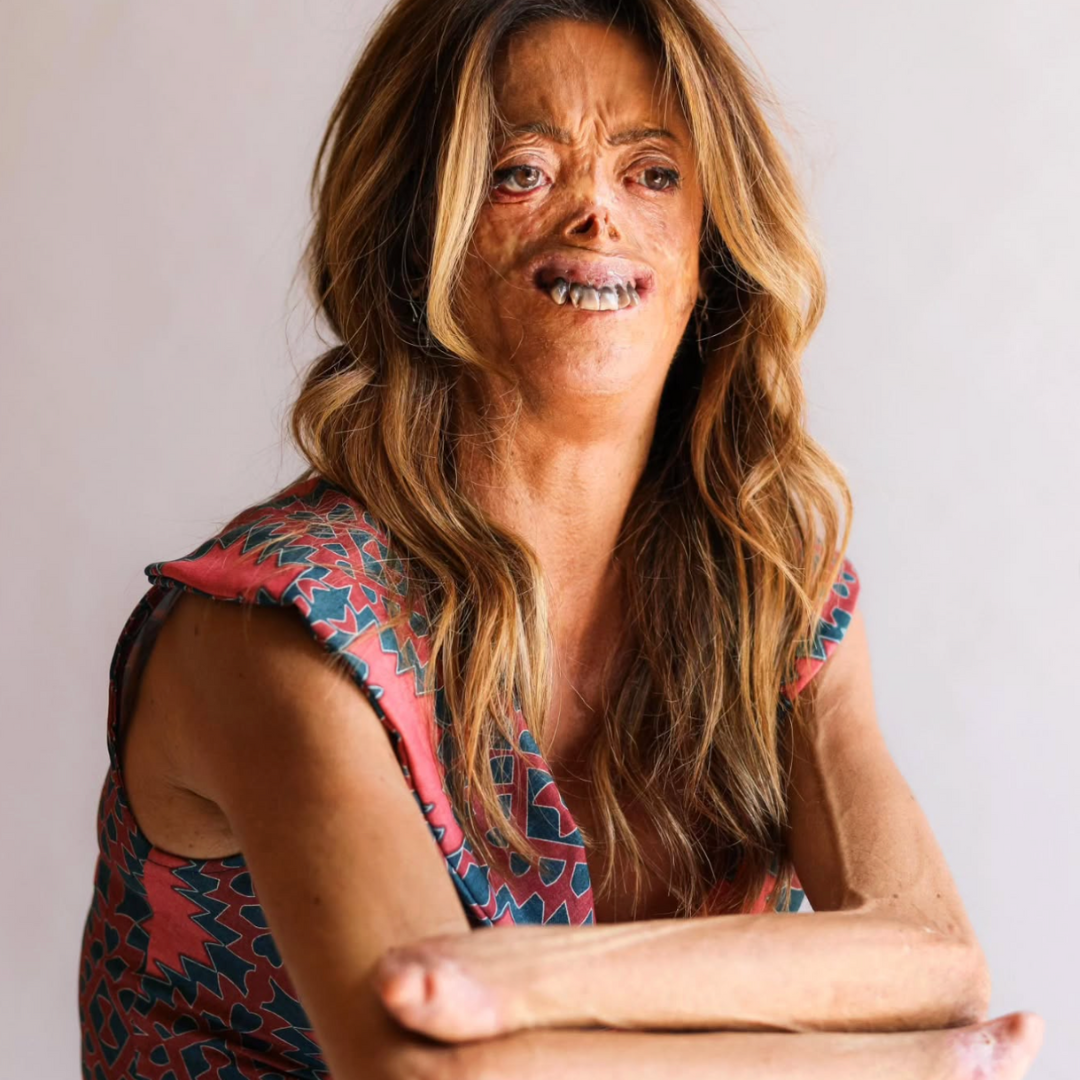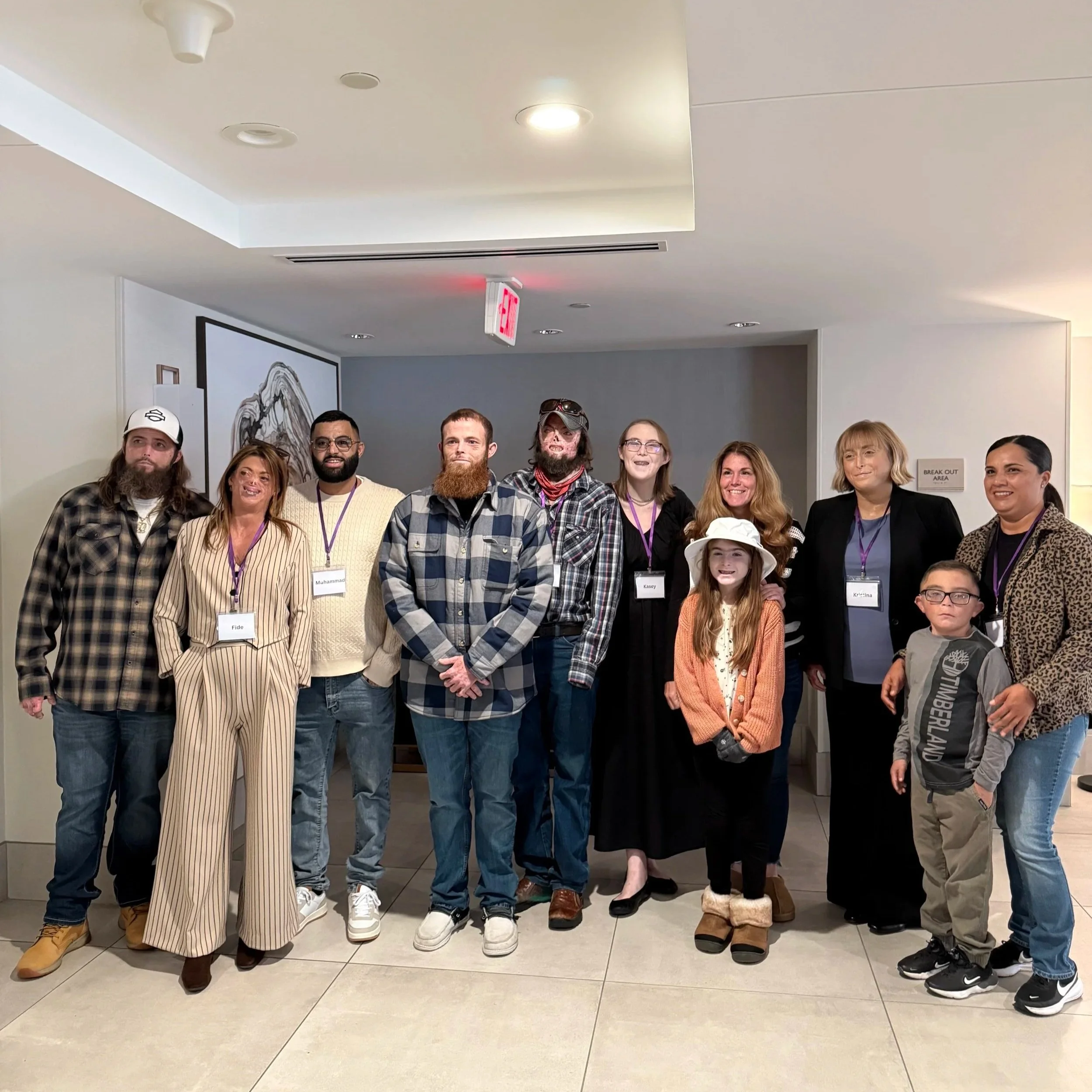Meet Fide, CEP Warrior
By Katrina Parra
"My wounds wouldn’t heal. They would get infected. My fingers would fall off. I still remember the last one I lost."
-Fide, CEP patient.
“I was a healthy baby,” says Fide Mirón, a CEP patient from Spain. “I had chubby cheeks and bright eyes, but that gave way to a path of extreme pain, uncertainty, and struggle.”
Her parents first noticed something strange—reddish urine—but didn’t think much of it. Months later, her skin began to blister, and that marked the beginning of a long and agonizing journey. Endless medical appointments, tests, and hospitalizations followed, until finally the diagnosis came: Congenital Erythropoietic Porphyria. It had a name, but no solution.
“Losing my hands, losing parts of my body, has been one of the hardest parts of this disease. CEP is mutilating. It’s exhausting. And the pain isn’t just physical.”
-Fide, CEP patient.
From a very young age, Fide required blood transfusions every two weeks to survive. Her father was her donor.
“When I was nine years old, my father passed away. He was the man who provided me with the only treatment I had. He left me with his blood—and with one final message: I would have to fight.”
The pain from her wounds was beyond words. “They wouldn’t heal. They would get infected. My fingers would fall off. I still remember the last one I lost. And I was just a child who didn’t understand what was happening.”
The disease didn’t just leave physical scars. It shaped how Fide saw herself and the world. “The scars changed my appearance and how I related to others. I grew up watching my body transform. I’ve experienced rejection for how I look, misunderstanding, and deep loneliness. My education was also deeply affected—I couldn’t continue my studies.”
“Losing my hands, losing parts of my body, has been one of the hardest parts of this disease. CEP is mutilating. It’s exhausting. And the pain isn’t just physical.”
Fide reunited for the first time with CEP patients in Washington.
Now, even daily tasks like opening a water bottle or cutting food are difficult. She cannot be exposed to sunlight or artificial light like fluorescent bulbs or surgical lighting.
Still, she pushes forward. “Today, things are a bit more stable—though it may be temporary. That doesn’t mean I’ve stopped fighting. Each day is a silent battle to keep going, to find meaning in life, and to hold on to hope.”
Fide is now president of the Spanish Porphyria Association. She dedicates her life to supporting other patients, raising awareness, and building connections with researchers and doctors to one day find a treatment for CEP.
“We are not numbers or isolated cases—we are people with dreams, families, and a deep will to live.”
Fide’s inspiring story.
Want to share your story? Contact us at katri@porphyria.org














